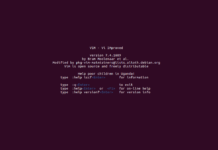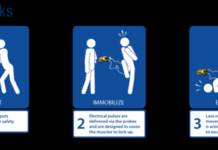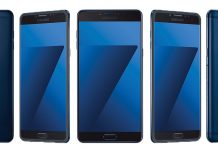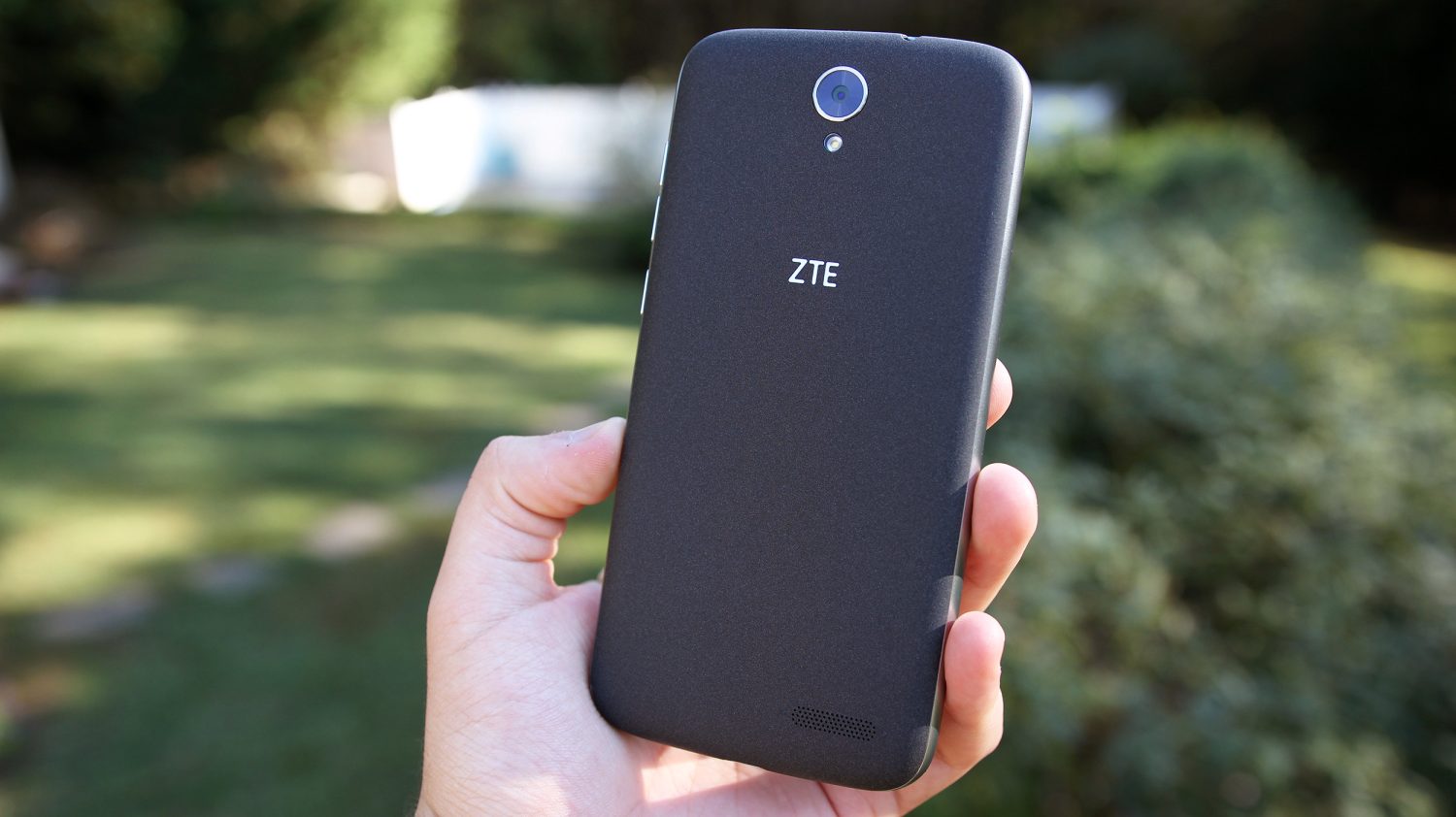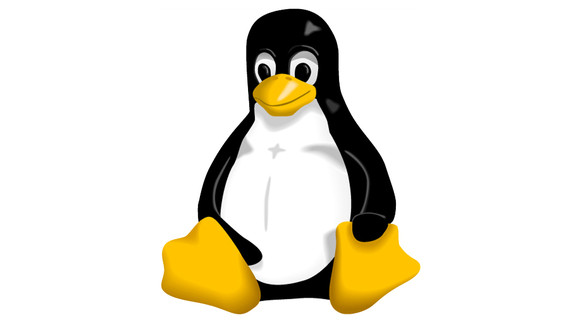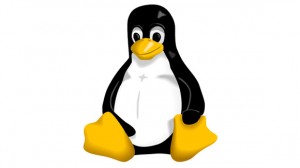Linux was named after its creator Linus Torvald who released its 1st version in 1991 .It posed a big challenge to other paid unix based operating systems which were paid and not open source , As of present Linux has already eaten most of the market share of Unix based vendors ie HP , Oracle Sun Microsystems etc.
It was developed as a free operating system for Intel x86-based personal computers. It has since been ported to more computer hardware platforms than any other operating system.As a matter of fact world’s fastest super computer “Cray Titan” runs on Linux. Now days linux is also being used in Consumer Electronics (CE) devices, in particular in network appliances such as Wifi routers, DSL modems, Network Attached Storage (NAS) servers, IP cameras , Mobile Phones and other small devices.
Architecture (Source : Wikipedia)
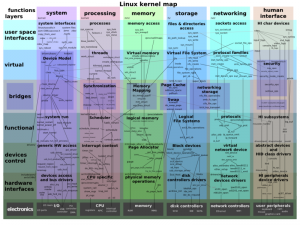
Linux is a monolithic kernel. Device drivers and kernel extensions run in kernel space (ring 0 in many CPU architectures), with full access to the hardware, although some exceptions run in user space, for example filesystems based on FUSE. The graphics system most people use with Linux doesn’t run in the kernel, in contrast to that found in Microsoft Windows. Unlike standard monolithic kernels, device drivers are easily configured as modules, and loaded or unloaded while running the system. Also unlike standard monolithic kernels, device drivers can be pre-empted under certain conditions. This latter feature was added to handle hardware interrupts correctly, and to improve support for symmetric multiprocessing.[citation needed]
The hardware is also incorporated into the file hierarchy. Device drivers interface to user applications via an entry in the /dev and/or /sys directories. Process information as well is mapped to the file system through the /proc directory.
Pros :
* Linux can be used as an OS of size with few KiloBytes to Giga Bytes for devices ranging from billing receipt system to supercomputers.
* Linux is open source anyone can modify the code.
* Ease of availability
* Free
* Cost Effective with and without scaling
* Performance ratio with cost of hardware is quite less then other vendors
* More Secure as Kernel is separate from User layer
Cons :
* User Learning Curve
Note : Author is a fan of Linux and has been working on it for half a decade and has designed and implemented scalable solutions for many fortune 500 companies and defense establishments , If you need any consultation for setting your linux based infrastructure , Please drop me a mail on feedback@technologycake.com ( I wont charge you anything 🙂 ).














